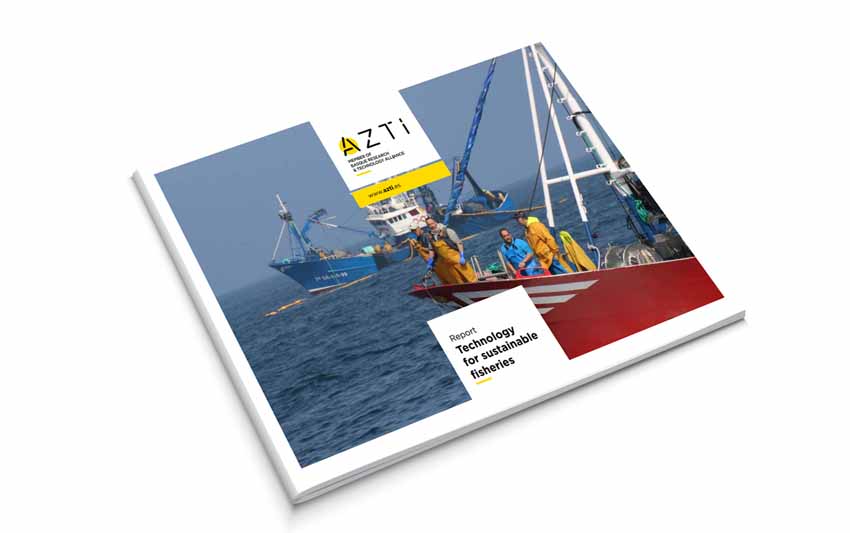GAM-NICHE a new tool to build Species Distribution Models (SDMs) under the ecological niche theory
Últimas noticias
Una mirada LGTBIQ+ al reino animal
Circular Economy in Action: Valorisation of By-products through Projects like PRIMA NEWFEED
Strategic Perspectives: Highlights from the Food4Future World Summit for Business Leaders
Índice de contenidos
What are species distribution models?
Species distribution models (SDMs) help us understand how species are distributed in space and how they might respond to changes in their environment. They are numerical tools that combine observations of the presence or abundance of species at known locations with information on the environmental and/or spatial characteristics of those locations, and have important applications in conservation, natural resource management and understanding the effects of climate change.
DEMs are widely used as a tool for understanding the spatial ecology of species, and are also known as ecological niche models or habitat suitability models. According to ecological niche theory and Hutchinson’s work, species response curves (those showing how species respond to changes in the environment) tend to have a single optimum point. This suggests that there is an ideal point along an environmental gradient where a species performs best.
The issue of estimated response curves
While a variety of statistical methods have been developed for species distribution modelling, a general problem with most of these habitat modelling approaches is that the estimated response curves can display biologically implausible shapes which do not respect ecological niche theory. This is because species response curves are fit statistically with any assumption or restriction, which sometimes do not respect the ecological niche theory. To better understand species response to environmental changes, SDMs should consider theoretical background such as the ecological niche theory and pursue the unimodality of the response curve with respect to environmental gradients.
GAM-NICHE, developped bu AZTI (Valle et al. 2023) provides a tutorial on how to use shape-constrained generalized additive models (SC-GAMs) to build SDMs under the ecological niche theory framework, based on the development and application to marine fish by Citores et al. 2020. SC-GAMs impose monotonicity and concavity constraints in the linear predictor of the GAMs and avoid overfitting. SC-GAM is an effective alternative to fitting nonsymmetric parametric response curves, while retaining the unimodality constraint, required by ecological niche theory, for direct variables and limiting factors.
The scope of GAM-NICHE
GAM-NICHE can be used in a variety of fields:
- Marine and terrestrial species
- Estimation of species distribution, recruitment, spawning, cartography
- Determining main factors affecting a species
- Monitoring and trend analysis
- Restoration (identification of suitable areas)
- Shifts in biodiversity
- Climate change studies (projections, impacts, vulnerability, adaptation)
- Conservation: definition of areas to protect
- Assessment of anthropogenic pressures
- Identification of (un)exploited areas







